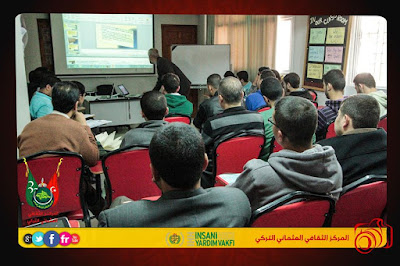Cloud computing offers the prospect of on-demand, elastic computing,
provided as a utility service, and it is revolutionizing many domains of computing.
The cloud computing lets you establish what is basically a virtual office which gives you the flexibility of connecting to your data from anywhere, anytime. With the increasing use of web-based devices such as smart-phones, tablets ... in today’s business environment, accessing your data stored in the cloud has become even easier than ever.
There are many reasons as to why an organization chooses to adopt cloud computing. While there is a large list of advantages of cloud computing,
However, the shift in paradigm that accompanies the adoption of cloud computing is increasingly giving rise to security and privacy considerations relating to facets of cloud computing such as multi-tenancy, trust, loss of control and accountability.
and it is obvious that most individuals will want information related to their data health to be secure.
There have been great efforts to employ a wide range of mechanisms to
enhance the privacy of data and to make cloud platforms more secure.
Techniques that have been used include encryption, trusted platform module, secure multi-party computing, homomorphic encryption, anonymization, container and sandboxing technologies, to build efficient cloud systems.
There is a brilliant Doctoral Thesis written by Mr. ALI GHOLAMI in Sweden 2016 focuses on the design and development of several systems
and methodologies for handling sensitive data appropriately in cloud
computing environments.
A remarkable and magnificent group of cloud security solutions Mr. ALI GHOLAMI figured such as Authentication and Authorization Identity and Access Management.
Confidentiality, Integrity, and Availability (CIA).
System Call Interposition, Security Monitoring and Incident Response Security Policy Management One of this Security Context Mr. ALI GHOLAMI addressed in his Thesis is Authentication and Authorization
He said: Multifactor authentication is a mechanism that requires more than one factor to verify the identity of users to achieve strong authentication. For example, smart cards and tokens or two-factor authentication through popular services such as Short Message Service (SMS) or direct phone calls are multi-factor authentications
mechanisms that effectively protect classified information. We use two-factor authentication using mobile devices and Yubikey tokens because setting up the infrastructure for smart cards, phone calls or SMS based authentication can become costly to maintain.
Public Key Infrastructure (PKI) is another strong authentication approach that provides scalable secure communication solutions in open networks based on an asymmetric pair of keys known as public (shared with all the parties) and private ( owned only by the user) keys. There is a usability issue with the PKI certificate authentication since non-IT users might have difficulties understanding how to keep public/private keys secret and yet available on a computer for login. Fermi- Cloud uses this approach for authentication and authorization - it utilizes PKI
X.509 certificates for user identification and authentication.
to be continued …

تعليقات
إرسال تعليق